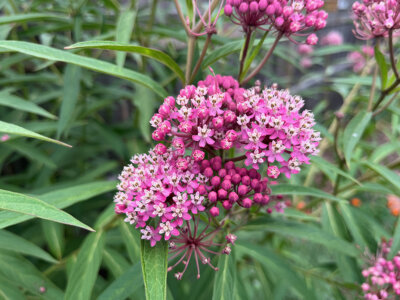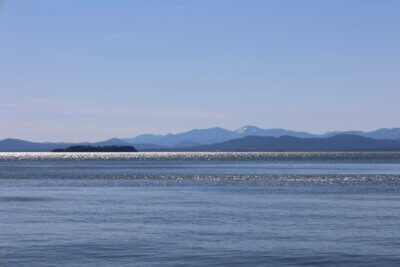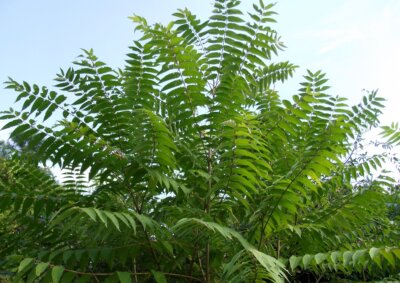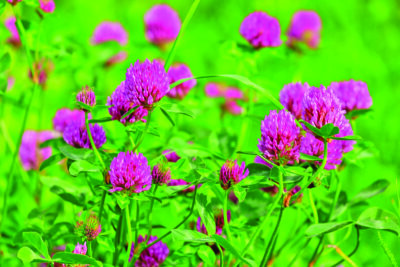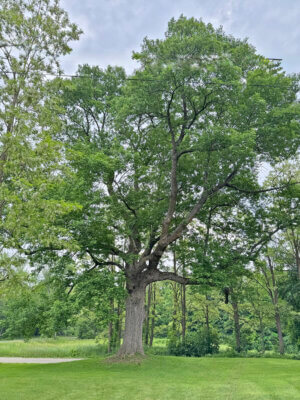Azores’ claim of ‘world’s best pineapples’ not bragging
Just as greenhouses in Vermont produce salad greens in March and zucchini in April, pineapples flourish under glass in the Azores at the same latitude as Richmond, Virginia. Plantations in the Azores have been exporting the tasty tropical treat since 1864.
On a recent visit, I ate plenty of delicious pineapple and visited a plantation where I learned a lot.
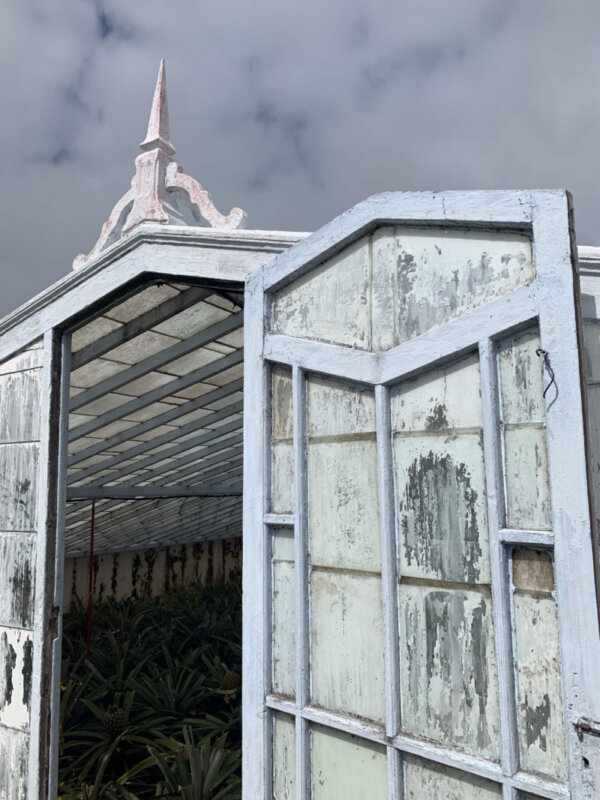
The Azores is a chain of nine volcanic islands in the Atlantic Ocean, isolated about 1,000 miles west of the coast of Portugal, of which it is an autonomous region. The islands produce wine, cheese and beef as well as growing tea and pineapples. Seafood and fresh vegetables are also abundant with a year-round growing climate and plenty of rain. Two ocean currents meet in the region, the warm Gulf Stream and an Artic current flowing south. Temperatures are quite moderate and uniform throughout the year.
In the 19th century a fungus destroyed the orange trees in the Azores, its main export crop and financial mainstay. Ships departed from the port at Ponta Delgada carrying slightly under-ripe citrus, sailing as far as the United States while they ripened in the hold. Searching for a replacement crop, farmers manipulated the smooth cayenne pineapple, brought to the islands from South America in the 18th century as an ornamental, and a new export was born. Pineapples grow on the biggest island in the chain, Sao Miguel.
It’s not warm enough to grow the fruit outdoors, so farmers built 3,000 greenhouses, graceful buildings with decorative wood trim and hundreds of glass panes, including some panels etched with pineapples. Many of these still stand. Glass creates heat to simulate the native habitat of pineapples. Initially ferns, heather and moss collected from the mountains created the planting beds. As they decomposed, they generated additional heat in the greenhouses. Today native plants have been replaced with other agricultural surplus and sawdust that augment the volcanic soils.
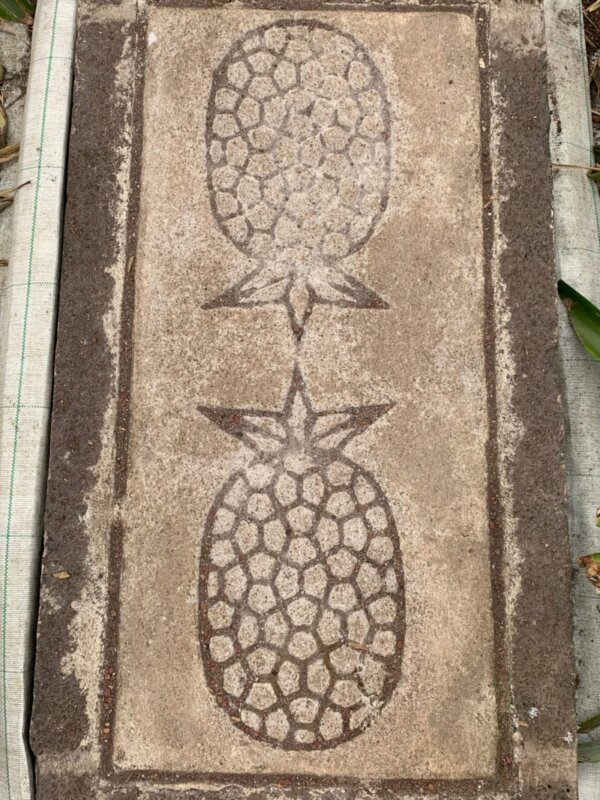
Rain that falls on the greenhouses is collected in tanks for irrigation during hotter, drier months, providing water and humidity in the enclosed spaces. In spring and summer, farmers whitewash the glass with lime, using long-handled brushes, applying calcium hydroxide to prevent the sun from burning the leaves. Ventilation through open windows and doors moderates the temperature. By comparison, Dole’s flagship plantation in Wahiawa, Honolulu County, Hawaii, sits outdoors at 21 degrees North Latitude. Similar to the geography of Sao Miguel, Dole’s fields lie in a valley between volcanic mountains that bookend the island.
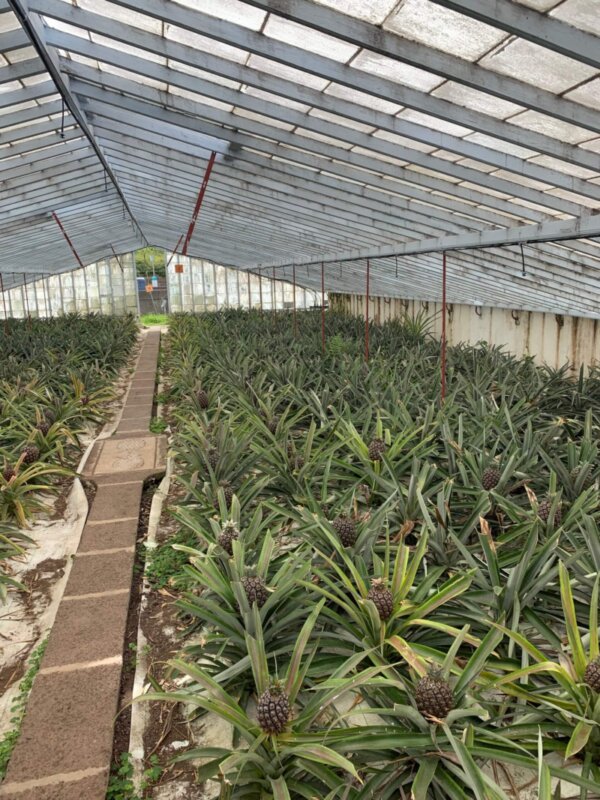
Bringing fruit to market is a lengthy process. From the time a cluster of leaves, essentially suckers, are planted until they are ready to bloom is about two years. Pineapples do not need to be pollinated and would develop seeds if they were. Smoke, which contains the flower-inducing plant hormone ethylene, triggers fruiting of all the plants in the greenhouse simultaneously. If the pineapples were allowed to develop on their own timeline, harvest would be difficult and not economically feasible. Doors and windows are kept closed as smoke, once again provided by burning local invasives or other natural surplus, fills the air and the temperature rises to about 100 degrees Fahrenheit. The pineapples will begin to grow and take about six months to ripen.
By the mid-1800s, production stood at 2,000 tons a year and the first pineapples were exported to England in 1864 where they were featured at British royal banquets. Today thousands of growers produce pineapples across Sao Miguel.
Many are familiar with wine appellations that guarantee quality and the location, or terroir, of its production. Similarly, Azorean pineapples have sported a POD (protected designation of origin) tags since 1996.
The leafy crowns of the fruit are trimmed to be smaller than those sold in the States. The unique fertility of the island’s soil and the maturation methods inside the greenhouses produce a sweeter and less acidic fruit.
I’ll let the Azorean authorities have the last words: The PDO label placed in the crown of the Best Pineapple in the World attests that its production has been supervised by the Agricultural Market and Nutrition Institute.
I can’t say I disagree.
Related Stories
Popular Stories
If you enjoy The Charlotte News, please consider making a donation. Your gift will help us produce more stories like this. The majority of our budget comes from charitable contributions. Your gift helps sustain The Charlotte News, keeping it a free service for everyone in town. Thank you.
Andrew Zehner, Board Chair



